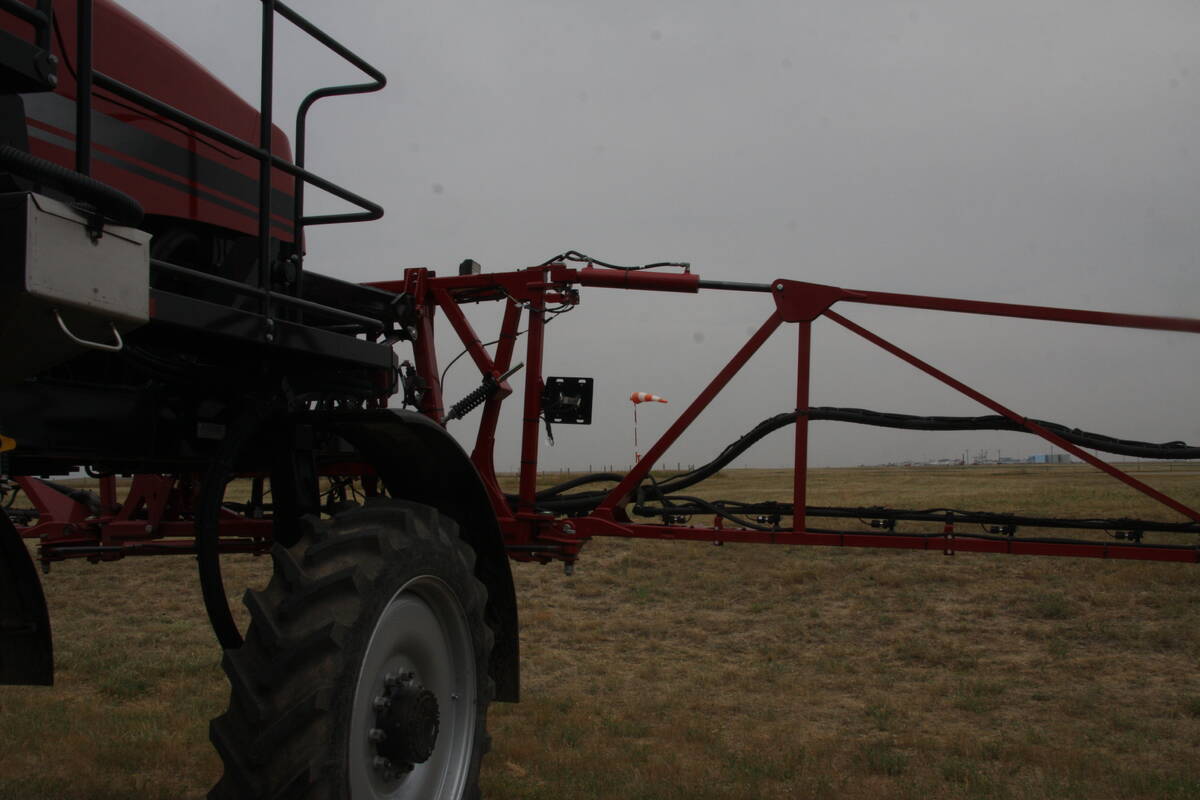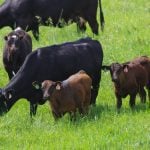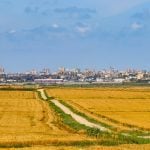CLYDE, Alta. – More than 500 beef producers attended a June 19 meeting at Nilsson Bros. Livestock auction market in Clyde, Alta., to learn more about the effects of bovine spongiform encephalopathy.
The following are questions addressed to George Luterbach of the Canadian Food Inspection Agency, John Knapp and Ron Clarke of Alberta Agriculture and to XL Foods co-chief executive officer Brian Nilsson.
Q: Are the dead animals that are picked up by rendering plants subject to testing for BSE?
A: So far there is no extensive testing program at rendering plants. This will likely be expanded. Currently, inspectors target animals that are dead on arrival, downers and condemned animals. The provincial government is considering an increase to the sampling size. In addition, veterinarians and rendering plants are paid for heads they submit for testing.
Read Also

More work wanted on removing red tape
REGINA — Canadian farmers risk falling further behind competitors if two main federal agencies don’t become more efficient and responsive…
Q: Is the ban on feeding ruminant byproducts to ruminants a law or a recommended code of practice?
A: It has been against federal law since 1997 to feed ruminant (bovine, sheep, cervid) byproducts to ruminants.
Q: Can the system handle testing of all animals over 30 months of age?
A: Alberta does not have the capacity to test all animals older than 30 months. It is believed the disease does not develop in young animals. Worldwide, the youngest case to show symptoms was 32 months of age.
In 1996, Alberta started testing for BSE and in 2001 all neurological cases were tested. This case was discovered because all animals condemned for any reason are tested. In 2002, 849 heads were tested, or 25 percent of the national total. Alberta tests four times above what international regulations recommend. Testing levels are based on a percentage of the cow population.
Q: What is happening to dead and condemned animals at this time?
A: Renderers are implementing new pick-up schedules for farms and feedlots and fees are likely to increase to $75 per head. On-farm disposal is permitted, but could defeat the desire to increase BSE surveillance.
Q: Is it possible the BSE-infected cow found in northern Alberta was older and came from the United Kingdom and was missed in the 1993 cull of British cows? Was it possibly an American animal?
A: The northern Alberta cow was likely born in Canada to a Canadian-born cow. Spotty record-keeping was discovered during the investigation into the potential herd of origin so DNA tests are continuing in attempts to determine parentage.
Q: Will receipt of the government BSE compensation money affect the government’s contribution to the Net Income Stabilization Account?
A: Perhaps. Alberta signed the federal government’s agricultural policy framework, which includes a new method of paying NISA. These payments may be deemed revenue for calculating a future NISA payout. It may decrease the payout.
Q: What proof is required to receive payment under this plan?
A: The program applies only to slaughter animals so the government must see a packer receipt to show the animal was killed. For direct marketers who sell beef on their own, a certificate from the provincial plant and a sales document between the seller and buyer of the carcass are required.
Q: Will slaughter bulls be included in the compensation program?
A: Cull bulls and cows are still being considered for inclusion. A decision may also be required on compensation for cull dairy cows.
Q: Do regulatory changes mean an expansion of on-farm food safety programs and the implementation of Hazard Analysis Critical Control Points on the farm?
A: Yes. So far in Alberta one feedlot is certified under the food safety program and another 40 are working toward it. This audited program is designed to instill better consumer confidence and better tracing capabilities in the event of another animal health crisis. Farmers will be asked to keep records on all farm activities including feeding practices, cow family records and medications.

















